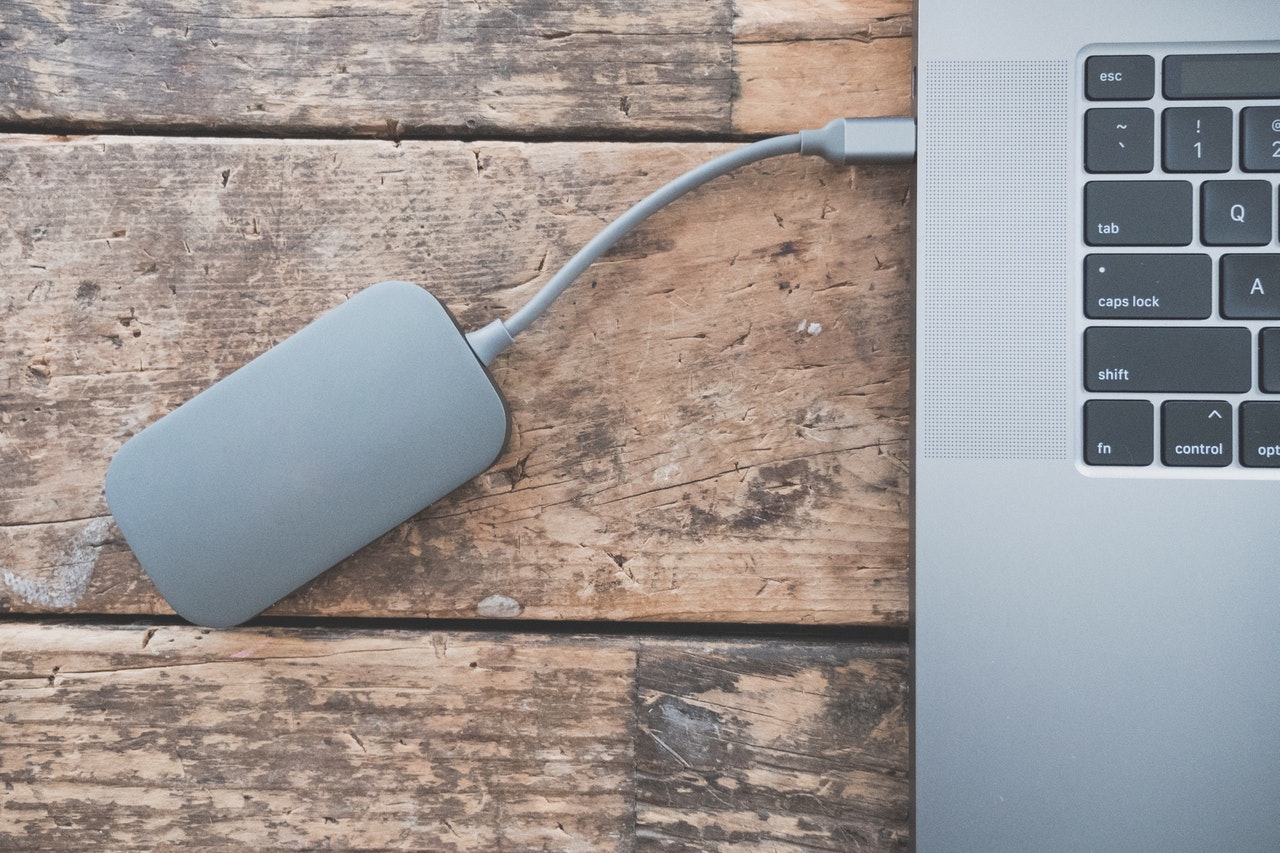How to Upgrade Your PS4? 7 Easy Steps
Having a PS4 for more than ten minutes implies your hard drive will in all probability be loaded up with games, screen captures and that’s only the tip of the iceberg. In the event that you don’t extravagant utilizing an outside hard drive by means of USB, at that point it’s anything but difficult to overhaul your current one.
The PS4 can be as inconvenient as a PS One memory card with regards to overseeing memory. Fortunately, Sony’s PS4 Slim would now be able to be acquired with a heavy 1TB hard drive, which itself is overly simple to redesign. The PS4 Pro accompanies a 1TB hard drive as standard, making the overhaul somewhat more luring.
Be that as it may, in case despite everything you’re left with a more established model, we’ve incorporated a simple peas walkthrough underneath to enable you to out.
All you need is a good HDD, a Phillips-head screwdriver, a PC, a USB drive with around 5GB of free space, and some tolerance.
Gracious, and our helpful bit by bit control on the most proficient method to update your PS4 HDD.
Stage 1 – Choose your HDD
The PS4 isn’t hard to update, however you should dismantle the reassure a piece and put aside a lump of time to pursue the vital advances.
The PS4 has a 500GB 2.5-inch SATA HDD, any semblance of which are typically found in a PC. Your decision of substitution hard drive must be no thicker than 9.5mm, else it won’t fit in the hard drive fenced in area inside the PS4.
That limits your alternatives fairly, particularly in case you’re searching for a 2TB hard drive.
In the event that you take a gander at the 1TB other options, there are bounty that fit the particulars required for the PS4.
Stage 2 – Prepare your PS4 for the update
Picking the drive is the moderately clear piece of the overhaul procedure. Next, comes really setting up your PS4 for its little operation.
You’ll have to back up your spared game documents before you start tinkering with the inner hard drive. That is on the grounds that once you introduce the new drive, you’ll have to begin without any preparation.
There are two different ways of support up your spare records, alongside some other substance you need to keep, for example, video cuts and screen captures.
The most straightforward choice may be one you’ve just picked. PlayStation Plus individuals can transfer spare records to the cloud, which means you can download them immediately when you boot up your updated hard drive.
Some of you will have this set up to happen naturally when your PS4 is in rest mode, which means you can skirt this progression through and through.
You can watch that by making a beeline for Settings > Application Saved Data Management > Saved Data in System Storage > Upload to Online Storage. In the event that any of your games recorded in this segment as a PlayStation Plus client state “Off”, their separate spare games won’t have been transferred to the cloud.
To fix that go to Settings > Power Saving Settings > Set Functions Available in Rest Mode. In this menu, ensure the Stay Connected to the Internet choice is ticked to perform foundation transfers in Rest Mode.
In case you’re not a PlayStation Plus part, or simply need to ensure your spares are sheltered, you can back them up on a USB drive. It must be arranged to FAT, FAT32 or exFAT to store the saves money on, yet as long all things considered, simply plug it into the front USB ports of your PS4.
At that point, head to Settings > Application Saved Data Management > Saved Data in System Storage > Copy to USB Storage Device. Inside this menu, you’ll discover a rundown of all your game recoveries.
You’ll need to experience every one independently, check Select All and afterward press Copy to USB. There’s no real way to duplicate the entire part in one clump, yet regardless of being a marginally relentless procedure, it doesn’t take long to do once you get splitting.
In the event that you have any ongoing interaction recordings or screen captures you need to keep, you’ll need to move them to your USB drive, as well. Simply go to the Capture Gallery inside the System Storage Management and select Copy to USB Storage Device inside the choices introduced.
Stage 3 – Remove the current HDD
When you’ve spared all the fundamental recoveries and ongoing interaction cuts and screen captures, it’s an ideal opportunity to begin handling the HDD business.
Mood killer your PS4 totally – don’t simply place it into Rest Mode – and unplug you reassure from the divider, expelling any wires from the rear of your PS4, as well.
Move your PS4 to a level surface, for example, a table, where you have enough space for all your essential devices.
Slide off the sparkly piece of your PS4’s packaging. It’s really simple to do, particularly when you place a thumb at either end and push away from the matte segment. It may feel like it’s staying in parts, however simply apply a little power.
Stage 4 – Install the new HDD
Put the new crash into the plate, ensuring that the level side is at the handle end of the plate and the uncovered parts are level side down at the open finish of the plate. Now and then it’s helpful to snap a photo of the past plate so you recall what direction in the upgraded one should go.
At that point fit the dark screws once more into the right spot. On the off chance that you’ve selected a marginally slimmer drive, you may need to move it into place a piece.
This wasn’t an issue with the Seagate drive, yet the WD Blue was somewhat fiddlier to get into place on account of its thin 7mm profile.
When your new drive is verified with the dark screws, slide the plate again into the comfort until you feel it’s connected to the PS4 appropriately.
All that is left to do is lock it into place with the PlayStation screw and clasp the PS4 top back on the highest point of your comfort.
Stage 5 – Reinstall the PS4 system programming
The following stage will require your PC and a USB drive with at any rate 1GB of free space, arranged to exFAT, FAT32 or FAT – you can utilize the one with your spared games on it.
Since your PS4 presently has a fresh out of the plastic new drive in, you will need to reinstall the framework programming physically.
On your drive, make an envelope named “PS4”. In case you’re utilizing the USB drive with your spare records on, there will as of now be unified with that name. Inside that envelope, make another organizer called “UPDATE”.
At the point when you’ve done that, head here to locate the most recent variant of the PS4 framework programming. At the time we did it, the record was around 900MB in size, and it took around 10 minutes to download. Ensure you just get the product from the above connection, in light of the fact that there are a few different locales out there with off base programming.
When it’s downloaded, drag your record into the UPDATE envelope on your hard drive.
You’ll next need to plug all your different wires again into your PS4, plug in the USB drive with the introduce document on it, and join your DualShock 4 by means of USB link.
Next, boot up your PS4 in Safe Mode. You do this by holding the power button on your PS4 down for seven seconds or more – it’ll signal to tell you it’s booting up in Safe Mode.
At the point when you’re given a determination of choices, go down to number 7 – Initialize PS4 (Reinstall System Software).
The PS4 will at that point snatch the update record from the USB drive and introduce it on your new hard drive. It just takes a few minutes and afterward you’ll be guided through the underlying arrangement for your PS4, much the same as you experienced when you initially got your PS4 out of the container.
When you’ve experienced that, you’ll need to include your PSN record and sign in appropriately to have the option to download every one of your games and applications.
Try not to freeze on the off chance that you need to experience the arrangement procedure again when booting up just because in the wake of introducing your HDD. We needed to do it, and after that everything was working appropriately, paying little heed to whether we put the PS4 into Rest Mode or turned it off completely.
Stage 6 – Reinstall everything else
Conveniently, all your recently downloaded stuff is situated in your Library toward the finish of the Recently Used bar of your PS4.
You can go in there and download every one of your games and applications just by choosing the suitable symbol. We thought that it was a decent method to streamline our PS4 a piece, by not re-downloading any games we’d finished or weren’t keen on playing any more.
The main drawback to the HDD establishment process is that reinstalling every one of your games – particularly advanced download variants of AAA mammoths – takes an age. You’ll unquestionably need to download them arranged by playing need.
While reinstalling your game recoveries from a USB drive, you won’t have the option to introduce any for games you’ve not yet downloaded. It’ll take you a long time to download every one of your titles, so you can’t be on edge to move all your spare games right away.
Stage 7 – Reap the advantages
It may take ages to recover your PS4 ready for action with every one of your titles, however, you’ll presently have much more space with which to play.
Utilizing our 1TB drives, we multiplied the accessible extra room on our PS4, with 861.4GB accessible for introducing games and other substance, when the framework had taken up some for programming establishment.
Regarding execution, since we picked two 5400RPM drives which coordinate specs of the first PS4 interior hard drive, we didn’t see a lot of a distinction.
You’d need to settle up for a 7200RPM drive in case you’re needing to see some genuine exhibition improvements.
What we will say is that, on account of its SSHD crossover structure, the Seagate Laptop Thin HDD booted up games quicker and introduced games from circle marginally quicker as well, in contrast with the WD Blue.
On the off chance that we needed to prescribe one, the Seagate has the slight edge as far as execution. Because of it being around a similar size as the first HDD, it’s simpler to introduce, as well.










